Business continuity wouldn't be possible without the ever-evolving technology that drives the world of Unified Communications. With the global shift towards remote working, businesses have had to keep up with the massive strides in communications technology that have made UC and collaboration possible. For many businesses, analog telephony is gradually becoming obsolete in favor of deploying SIP trunk systems.
What is SIP?
Session Initiation Protocol (SIP) trunk is an internet based replacement technology, and modern alternative to the Integrated Services Digital Network (ISDN) system. It allows voice and data packets to be transmitted digitally over physically wired connections. SIP is a lightweight, flexible technology consisting of a set of protocols delivered via a SIP provider. This provides the benefits of internet-based, or Voice over Internet Protocol (VoIP) phones.
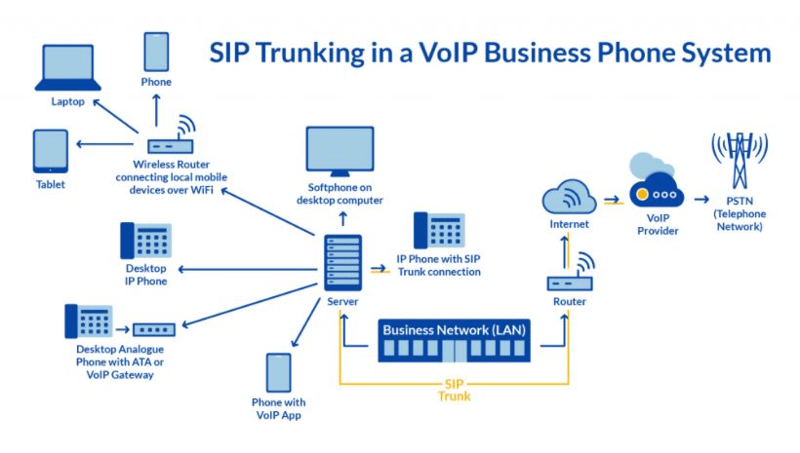
SIP uses IP to allow businesses to set up real-time voice calls and/or video communication sessions between two-way or multi-party calls through Public Switched Telephone Network (PSTN).
SIP protocol is an extremely flexible way to set up real-time multimedia sessions between multiple participants. It requires either an internet connection or VoIP vendor, an IP-enabled PBX and a gateway to support IP-based voice communications. Click here for an in-depth guide to the fundamentals SIP trunk. In this blog, we'll briefly cover some of the key benefits of VoIP infrastructure, then discuss the importance of monitoring your SIP systems.
At enterprise level, continual performance monitoring, metrics and analysis of your VoIP infrastructure, troubleshooting and problem detection are all vital. Monitoring not only provides a quality user experience, but maintains business continuity and the ROI of any business.
The benefits of SIP
Cost savings
With no need for the costly installation, upgrades and maintenance of hardware, businesses can save 50% on their monthly telephony bill. A SIP protocol service uses the internet instead of expensive physical phone lines, so what were once long distance and international calls, now become local calls. SIP voice and data services require minimal investment costs, and SIP is a quality, well established technology.
Scalability, flexibility and mobility
Businesses looking to expand their organizations across multiple geographic locations will greatly benefit from the flexibility offered by SIP. Remote workers are the users who benefit most from SIP technology. As your business needs evolve, SIP allows the easy addition and modification of users and bandwidth, without risk or unexpected additional costs.
Increased productivity
As SIP is a gateway towards UCaaS, it offers the entire range of communication tools including video conferencing, instant messaging, voice integration and collaboration apps from a manageable platform in real time. Seamless connection for participants and users means maximum productivity.
Network consolidation
Rather than paying for voice and data services separately, SIP protocol allows organizations to combine it all into a single network., resulting in significant saving.
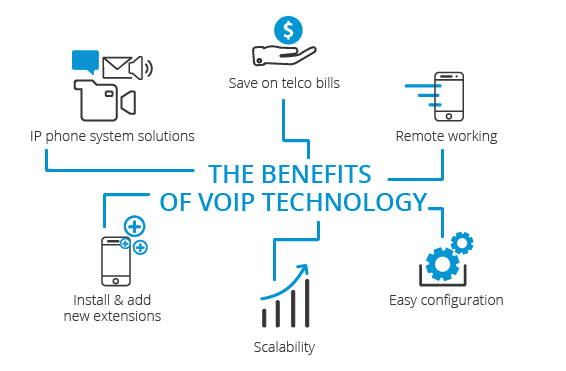
Less physical infrastructure
Remote working has reduced the need for physical office space and wired network infrastructures. Businesses no longer need to navigate the complexities of phone line installation. With SIP, phone lines and users can be added to your network by connecting handsets to their data connection.
Reliability
SIP provides backup in the event of power outages or system failures, keeping businesses up and running with more reliability than a traditional phone system.
SIP, RTP and VoIP
While VoIP and SIP protocol both relate to internet telephony, technically they're different. VoIP refers to the connection, bandwidth, software and hardware that allows you to make a call over the internet, and SIP is the method used to enable a VoIP call between devices. Essentially, SIP becomes the protocol, and VoIP becomes the conduit.
But sending VoIP requires not only SIP, but another protocol called Real Time Transport Protocol (RTP). After SIP establishes a session, RTP protocol is used to exchange voice packets and call data. Real time Transport Control Protocol (RTCP) works with RTP to provide out-of-band statistics and control information for any RTP session, helping with quality control.
Globally, enterprises have adopted VoIP and SIP within their organizations as a way to deploy an all-IP infrastructure. However, while using VoIP provides greater flexibility and scalability, this requires a solid focus on great user experience. This can be challenging, particularly when running a diverse network with multiple SIP software clients, phones and terminal adapters.
Monitoring, troubleshooting and analysis
At enterprise level, it's crucial to have tools in place to monitor and troubleshoot the performance of your entire network, including SIP and VoIP services. Small businesses sometimes opt for free or open-source monitoring and troubleshooting software, however open source tools don't have the capabilities to identify in-depth issues or provide root cause data and analytics.
Having performance metrics set up is important in order to monitor and troubleshoot service quality, systems health, and any issues with user interface, like quality of phone calls, software anomalies, traffic and connectivity status. In order for your communications network to work seamlessly, there are three basic components that need to function in tandem.
- Session Border Controller (SBC), the local gateway accepts and sends a call across SIP.
- Remote SIP gateway - the systems for receiving and handling SIP calls
- WAN connectivity
Monitoring can identify and resolve common problems with SIP components, like:
Call establishment and quality
VoIP services can suffer with issues like packet loss, jitter and/or latency. This could be related to a configuration or authentication problem with the local or remote SBC, or the handshake that occurs between the connecting devices. If the service is established, but call quality is choppy and sub-standard, it's usually due to local or remote SBC/gateway resource limitations and network impairments.
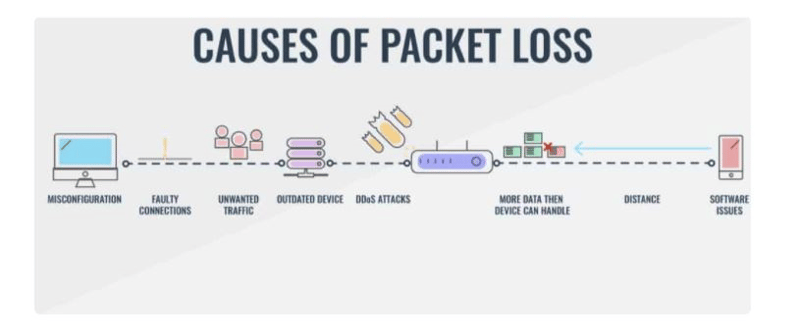
Network monitoring with IR's solutions
As organizations continually shift with the times into modern communication and collaboration technologies, the management of complex, multi-vendor, hybrid communications environments becomes more challenging. The success and seamless operation of your communications infrastructure depends on proactive monitoring and performance management solutions.
Why monitor?
IR's Collaborate suite of solutions take network monitoring to the next level, giving enterprises valuable insights into how their network is performing by picking up on performance related issues. IR's monitoring tools can support multiple protocols and provide network performance data, call quality tracking, connection status, server health and much more, on a comprehensive level. Monitoring gives your network added support by:
- Identifying the root cause of VoIP call failures
- Real-time VoIP traffic analysis
- Correlating data on SIP trunk availability
- Collecting call performance and corresponding network metrics
- Picking up on server problems
- Alert generation
Monitoring allows complete visibility into what's happening on your network that could impact VoIP traffic and QoS. For instance, whether backups are using up your bandwidth, or a router is misconfigured. Stress testing generates large loads into the system in a controlled fashion so you can confirm that the system is 100% connected to the telephone network and all SIP channels are available. All this from a single dashboard.
Whether your environment is on-premises, in the cloud or hybrid, IR’s solutions enable you to monitor, troubleshoot, and optimize complex UC environments with ease and deliver the best user experience possible.
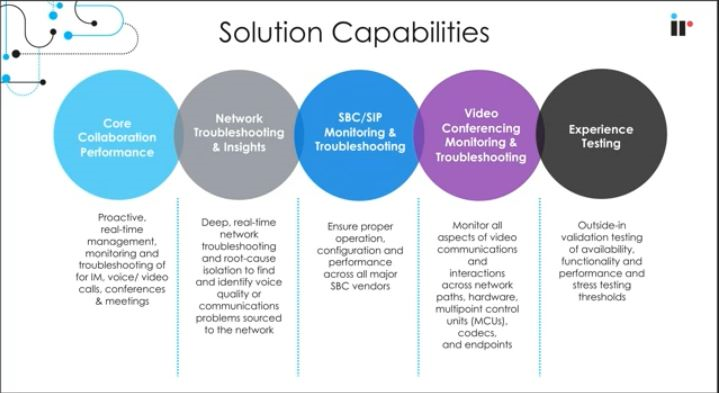
Learn more about SIP monitoring tools and systems, and how IR can provide complete collaboration ecosystem visibility, or watch a live demo.
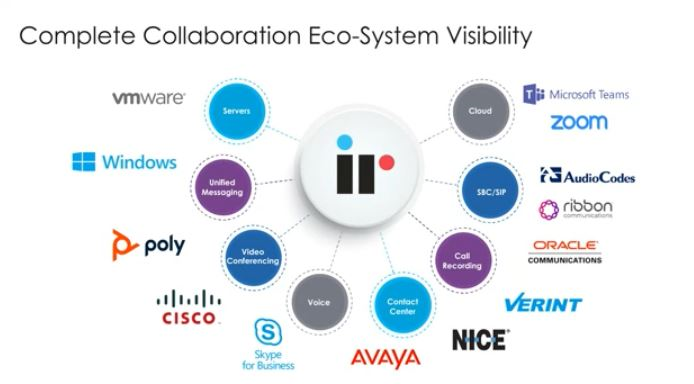
IR have partners across the globe helping their customers solve experience management issues every day. Our deep domain expertise, end-to-end visibility and unrivalled troubleshooting capabilities empower customers and partners everywhere.





